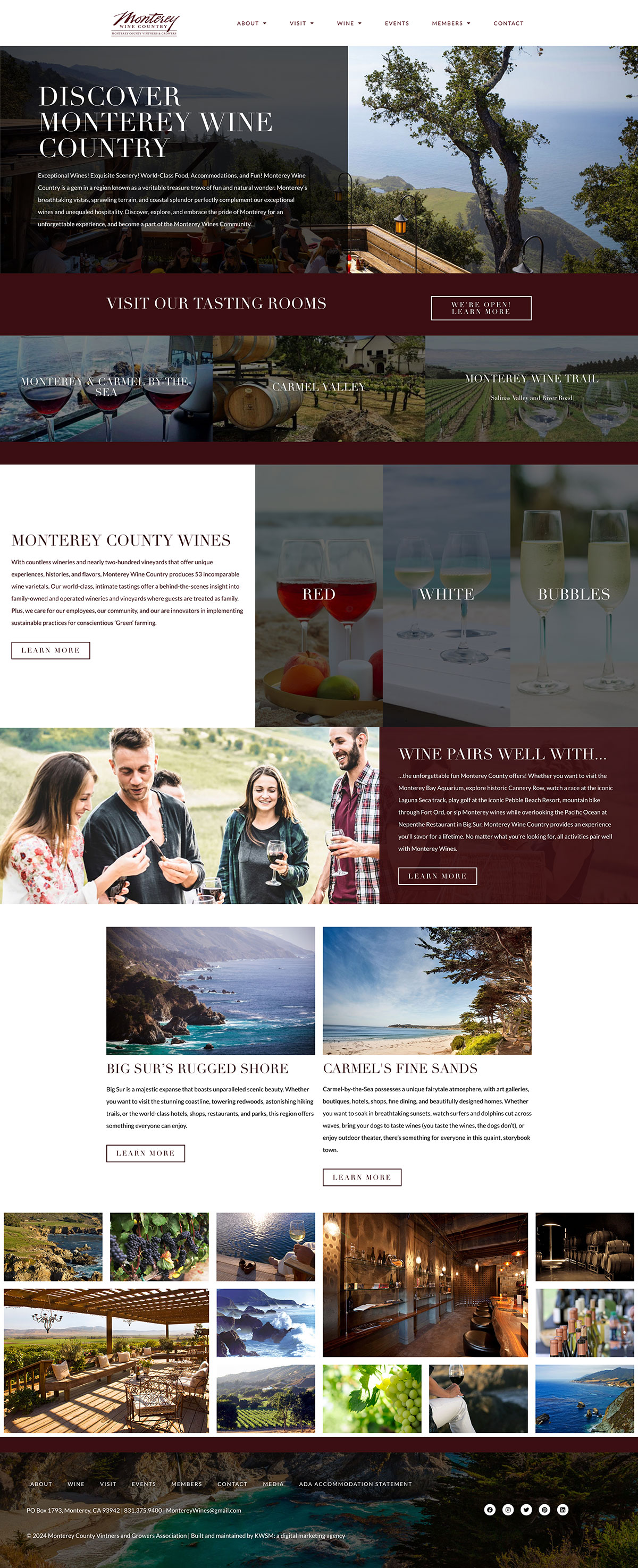
Logo
The number one element that comes to mind when most people think of establishing a brand is the logo, and rightfully so. For most brands, a logo is a customer’s main point of recognition. In your brand style guide, define how your logo should be used. Determine it’s proportions, the amount of white space that should appear around it, colors for different applications, and how it should and shouldn’t be used in your brand collateral.
While most marketers agree that your logo is an essential element in your brand style guide, don’t sweat it if you haven’t developed yours yet. Establish the rest of your brand style guide to feel very clear on what’s really essential in communicating on behalf of your brand. Doing so will make it much easier to consult with a designer about your logo or take a stab at creating one yourself.
Colors
What colors best represent your brand? For many brands, the main colors appear in the logo, but that isn’t always the case. Identify 3-4 main colors for your brand’s color palette. If you’re stumped as to what colors complement each other, there are plenty of free color scheme tools that can help you arrange a palette that looks sharp. Canva has a free tool to help you choose a color palette by identifying colors from your logo or other images you like, and can seamlessly guide you through creating graphics with your chosen color combination. Coolors is another palette generator that automatically generates random palettes of one or more colors based on your chosen starting point.
Fonts
Fonts can be complex and occasionally expensive. Just as images have moods, feelings, and distinct visual elements, fonts do too. Especially if you don’t have a designer helping you navigate the world of typography, simpler is always better. Choose a web-safe font for most of your body text to ensure that it will always be readable on any device.
If you need help choosing and pairing fonts, Google Fonts has a large database of free fonts to choose from and can help you understand which fonts work well together. Ideally, the font (or fonts) that you use for your brand will be slightly different from the font in your logo. This will help your logo stand apart from the rest of the text on any of your collateral, keeping it distinct and memorable.
Imagery
You likely have an idea of what images work well for your brand and which ones don’t. The images that you use as examples in your brand style guide can be original to your brand, or they can be images you’ve found from other sources that fit well with how you want your brand to be perceived. No matter where you find your inspiration, select a few images that capture the look, feeling, and overall mood that you want your brand to convey. Having this component defined will help you establish a baseline for all of the other imagery that you will create or design.
Voice
It’s easy to overlook brand voice when you’re trying to establish the visual identity of your brand. Don’t! The voice of your brand should be consistent with the visual elements that you choose for an experience that truly feels unique and cohesive to your customers. Even if you don’t create a full-blown brand messaging strategy, establish a list of words that you like and words that you don’t. It helps to find 3-5 adjectives that describe your brand personality, and use those adjectives to help you develop the language and personality around your brand.
With these elements outlined and defined, you’ll be well on your way to creating a cohesive visual identity for your brand that will help customers recognize and relate to it anywhere it appears.
92% of consumers acknowledge visual appearance as the most persuasive marketing factor.
Do you need help creating branded visual components that will help you attract and retain your ideal customers?
CLICK HERE to contact us about refreshing your brand.










